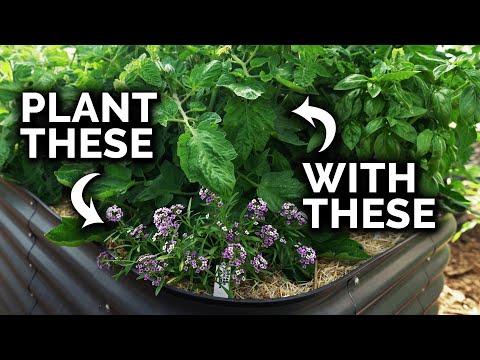[ad_1]
Tomatoes are one of many important frequent greens for dwelling gardeners to develop. There are many a number of kinds of tomatoes and whereas most can develop merely high-quality by themselves inside the yard, many tomatoes do considerably higher when planted with a particular form of neighboring plant. This course of known as companion planting.
Tomatoes have many good companions inside the yard which will help with pollination, fruit manufacturing, and even fashion. Nevertheless with the great moreover comes the harmful.
Plenty of kinds of vegetation must certainly not be planted near your tomatoes. Planting with poor companion vegetation will enhance the possibility of pest infestation, illnesses, and nutrient rivals. Let’s take a deeper check out the vegetation you should try to stay away from planting near your tomatoes this season.
How Companion Planting Works
Additionally known as intercropping or interplanting, companion planting companions vegetation collectively that may have helpful outcomes on one another.
Historically, companion planting was based completely on folklore and trial and error, with little information of which vegetation are scientifically appropriate or incompatible. There’s rather a lot to be acknowledged about merely understanding what works and what doesn’t based on comment.
Nonetheless, we now have scientific sources to indicate to, and associated particulars about how and why explicit vegetation impact one another, which saves a lot of time.
Ideally, companion planting provides benefits for every, or all vegetation involved. Crops which may be mutually helpful to 1 one other are among the best companions, although there are occasions when an ornamental plant might be positioned with edibles to no advantage of its private, apart from that it’s going to improve pollination for the edibles.
The video beneath explains a bit further regarding the science behind companion vegetation.
Now that you’ve a higher understanding of how companion planting works and the science behind it, let’s take a look at a number of of the vegetation you should stay away from planting near your tomatoes!
Broccoli
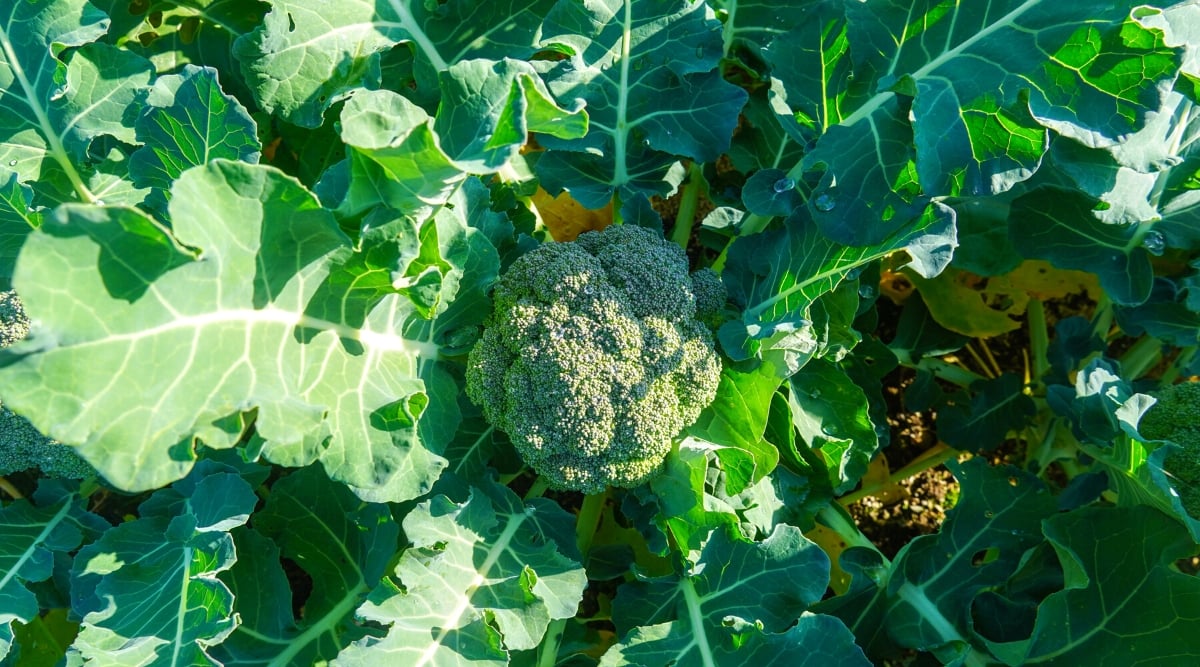

This pairing has a bigger damaging affect on broccoli than in your tomatoes, nevertheless it’s nonetheless good to know for individuals who plan to plant every of these veggies.
Broccoli and tomatoes are every heavy feeders, and whereas tomatoes might come out on prime on this rivals, it should probably be larger for every, in the long run, to take care of them separated.
Brassicas (of which broccoli is a member) and nightshades (tomato matches into this group) normally do not thrive collectively. They every require a lot of nutritional vitamins and might compete, leaving one or every crops wanting and tasting subpar. For biggest outcomes, give these two greens in any case 3 toes of home from one another.
Should you want to make it easy in your self, select an entirely completely completely different plant to pair with broccoli inside the yard.
Brussels Sprouts
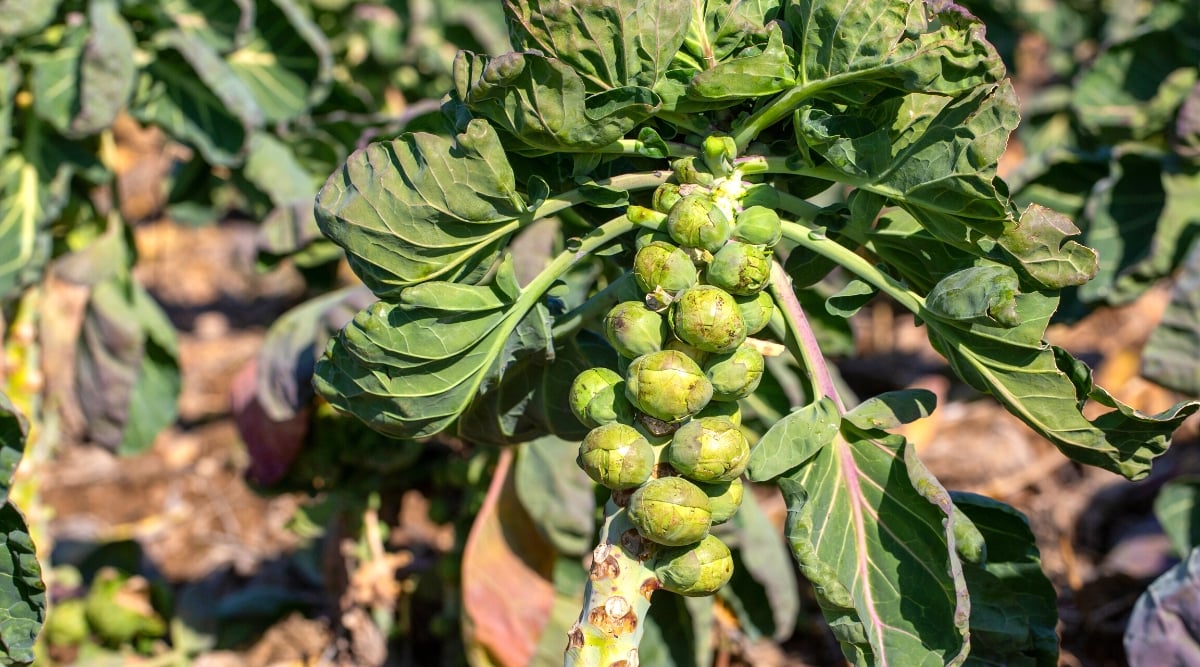

Brussels sprouts are brassicas as successfully, so they are not appropriate with tomatoes. Tomatoes will bear from this union with stunted progress as brussels sprouts hog the complete nitrogen inside the soil leaving tomatoes to languish on their leftovers.
To current tomatoes among the best chance, maintain these two greens in separate beds. Every need full photo voltaic, a great deal of water, and nitrogen-heavy fertilizer.
Cabbage
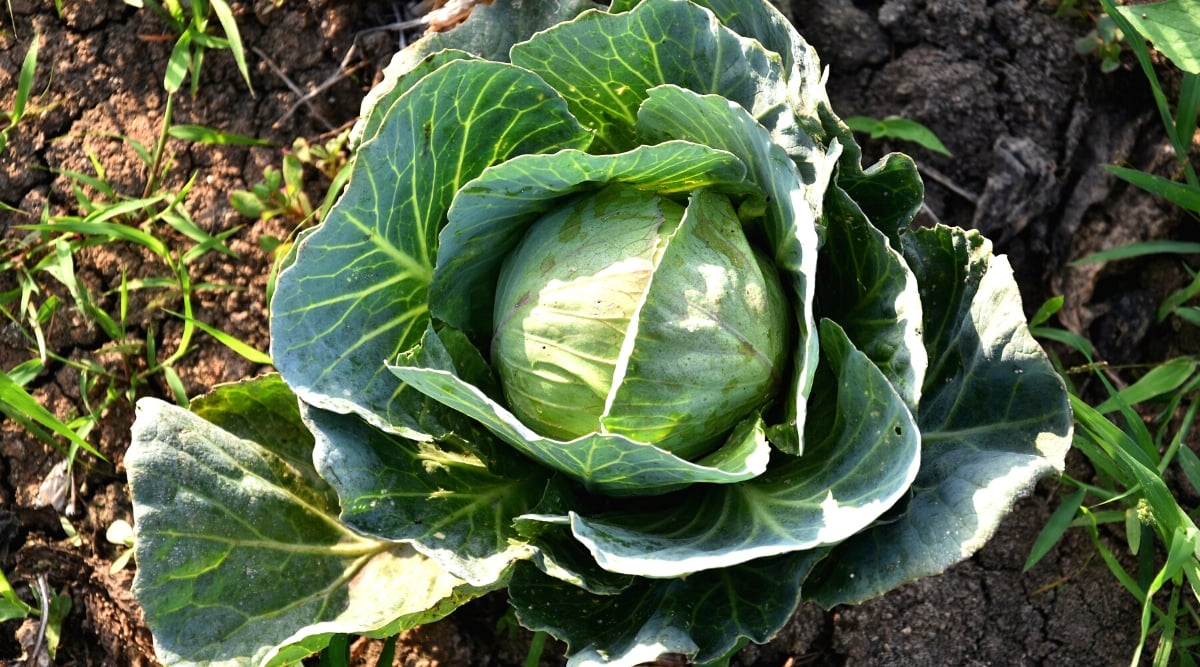

Cabbage is one different member of the brassica family of greens, which suggests they don’t mix with tomatoes and might inhibit the tomatoes’ progress. Cabbage and tomatoes collectively suggest small fruits and diminished yield.
Cabbages moreover need a lot of nutritional vitamins. They’re heavy feeders, and so are tomatoes. On this relationship, the tomatoes infrequently win the battle over nutritional vitamins. These two merely do not mix. Cabbage has an prolonged itemizing of nice companions, so that you may be larger off choosing one different plant.
Cauliflower
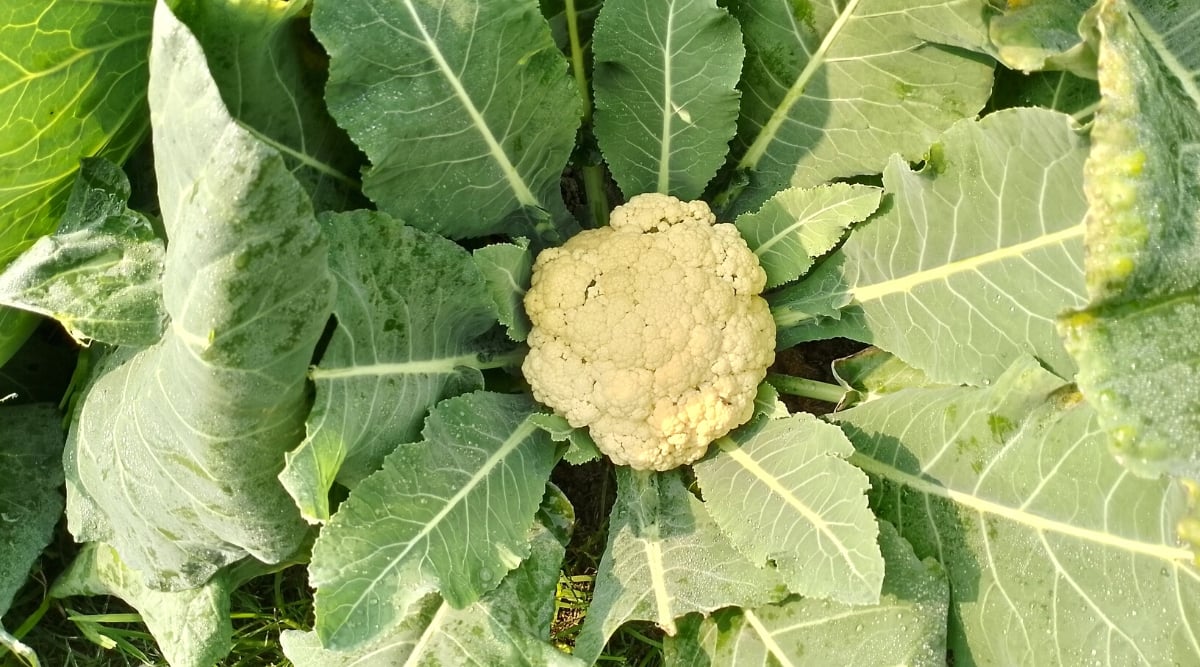

Tomatoes and cauliflower do not make good neighbors as successfully, and for the same motive. Cauliflower is a brassica, and so they’ll compete for nutritional vitamins, leaving every greens with lackluster manufacturing.
It’s maybe tempting to see if cauliflower helps preserve inside the moisture to protect tomato roots, nevertheless the reality is that neither plant will revenue from this union.
Larger to pair each plant with beans! Beans help make nitrogen inside the soil further on the market to completely different vegetation and have a vining habits, making this pair an excellent home saver.
Corn
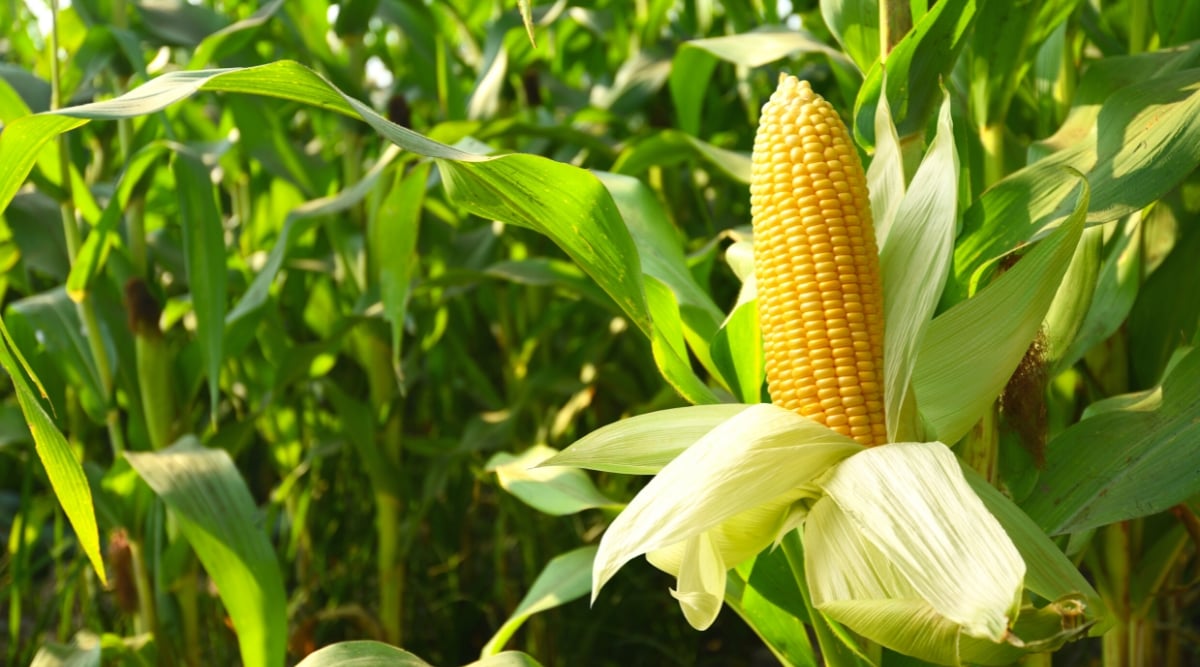

Tomatoes and corn are poor companions because of they share a extremely dangerous, frequent pest. Heliothus zea is the larvae of the corn earworm, a moth that goes by the scientific establish Helicoverpa zea.
This worm goes by one different frequent establish, Tomato Fruitworm. This pest significantly assaults the fruit of the plant and might render every fruit they contact inedible.
Because of these vegetation share a typical pest that is acknowledged to be extraordinarily dangerous, it is best to plant them apart. As quickly because the pests switch in, they will haven’t any motive to depart if there could also be a great deal of meals for his or her offspring and can end up decimating every crops.
Dill
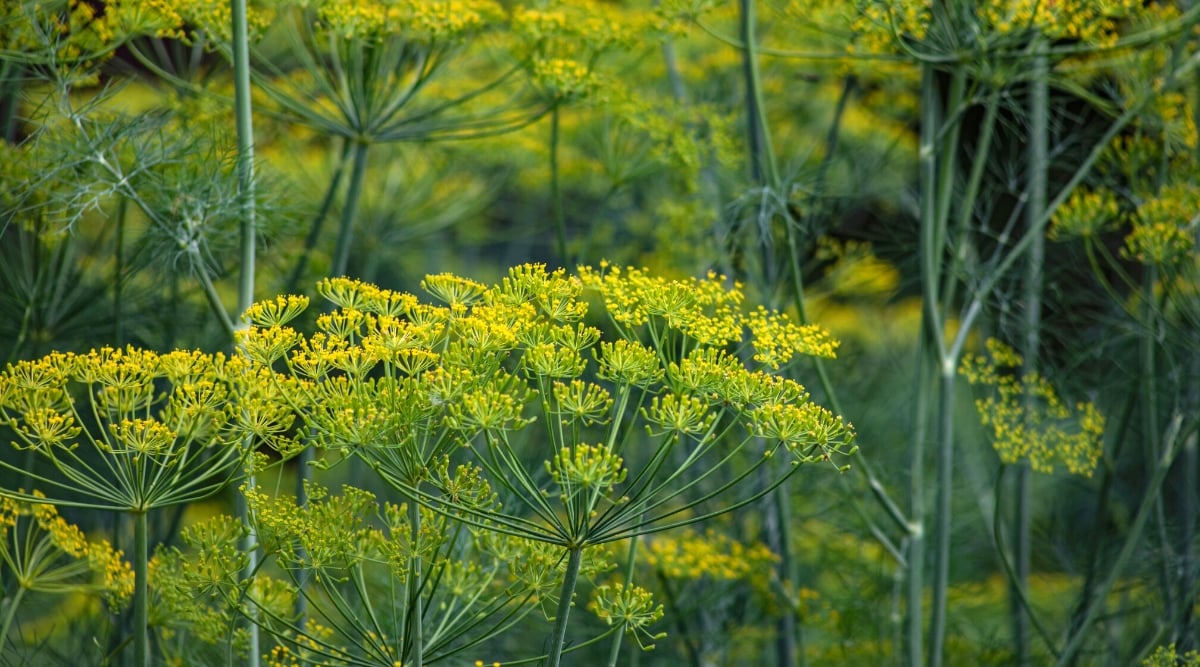

Most herbs develop very successfully with tomatoes, nevertheless dill is an odd plant out in that class. When dill is youthful, it would in all probability have helpful outcomes on tomatoes. For example, aphids uncover dill to be a repellent, and this pairing would revenue tomatoes in which means.
Sadly, the pairing would not keep helpful in the long term. As quickly as dill blooms, it ceases to be an excellent neighbor for tomatoes. When dill goes to seed, it ought to rob the soil of nutritional vitamins that tomatoes need, stunting their progress and prime quality of fruit.
Eggplant
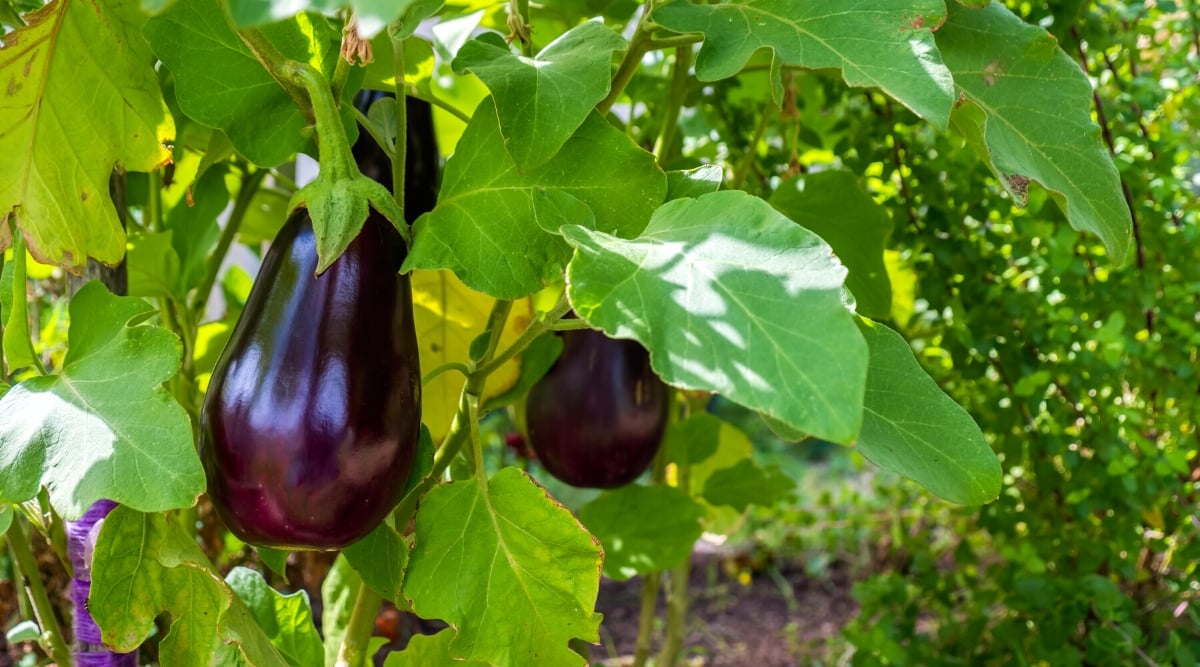

Eggplants and tomatoes must technically work successfully collectively, as they’re every nightshades and have associated desires. Nonetheless, they will compete for nutritional vitamins, and tomatoes might not come out on prime.
In addition to, tomatoes develop rather a lot taller than eggplants, and eggplants don’t desire to be saved inside the shade.
Eggplants are notably vulnerable to blight, which areas their neighbors in a harmful state of affairs. Having these vegetation close to your tomatoes will enhance the tomato plant’s vulnerability to blight as successfully. It’s biggest to take care of these two apart.
Because of they compete for nutritional vitamins, stick with completely different eggplant companions when planning out your yard.
Fennel
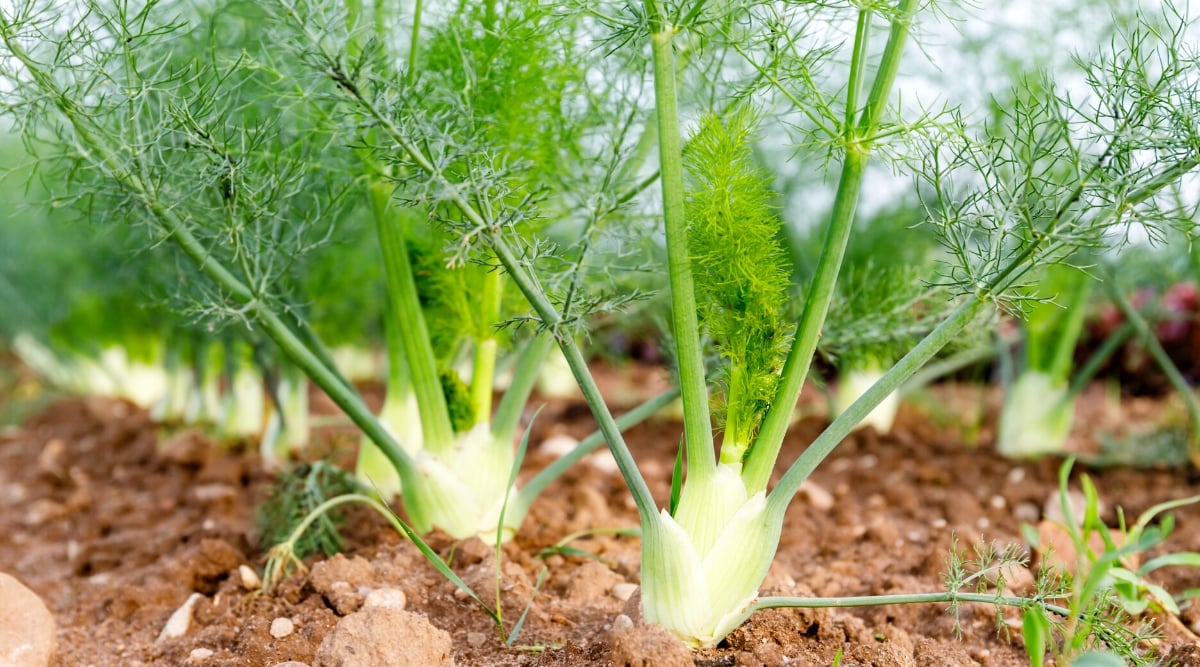

Fennel is an attention-grabbing plant — and as a rule, you will notice it on a list like this! Usually, they portray fennel as a horrible companion.
Causes normally given are that it causes completely different vegetation to bolt, ruins their style, inhibits their progress, and even kills vegetation altogether by secreting a chemical from its roots which will set off completely different vegetation – a sort of allelopathy.
The irony is that fennel may be an unimaginable plant to stop tomato fruitworm and tomato hornworm, as a result of it normally attracts in helpful bugs that immediately assault these larvae. Tachinid flies/wasps are typically launched in by its flowers, significantly, and these might be an unimaginable boon inside the yard! It’s moreover a larval plant for butterflies and a normally good pollinator plant.
Is it actually allelopathic? Properly… certain and no. Certain, it is allelopathic, although most incessantly, that’s in route of certain kinds of flowers or aggressive weeds. Most established tomatoes don’t have a problem with them, and plenty of the completely different concerns solely apply to leaf lettuces or completely different inexperienced leafy vegetation.
Nevertheless in case you might be concerned and have heard horror tales about planting fennel in your yard, you possibly can want to plant them in a close-by container or develop bag as an alternative.
Scorching Peppers
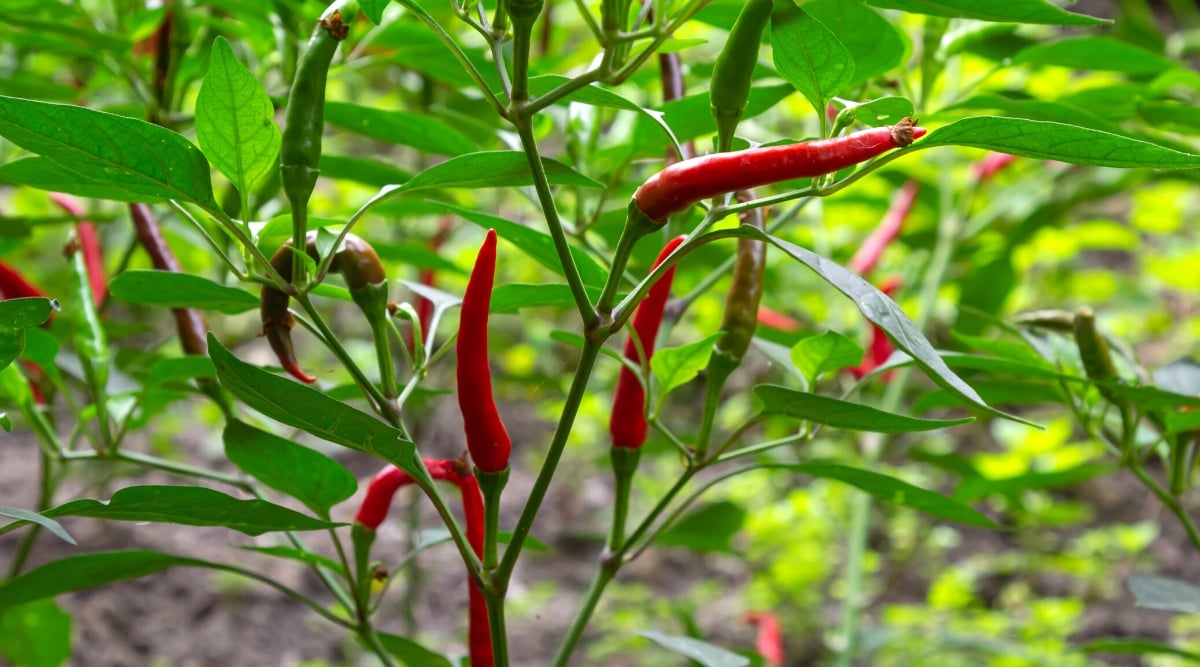

Scorching peppers and tomatoes might go successfully collectively in salsa, nevertheless when it comes to yard beds, they should be saved apart. Every are vulnerable to blight, which can assemble up inside the soil, so conserving these out of each other’s home is an effective suggestion, long-term.
These vegetation moreover share a typical yard pest. The tomato hornworm (Manduca quinquemaculata) is eager on the foliage of every vegetation, so placing them collectively implies that every crops are affected if these guys current up.
This doesn’t suggest peppers can’t be good companions inside the yard. There are merely completely different vegetation that pair larger with peppers in your yard beds.
Kale
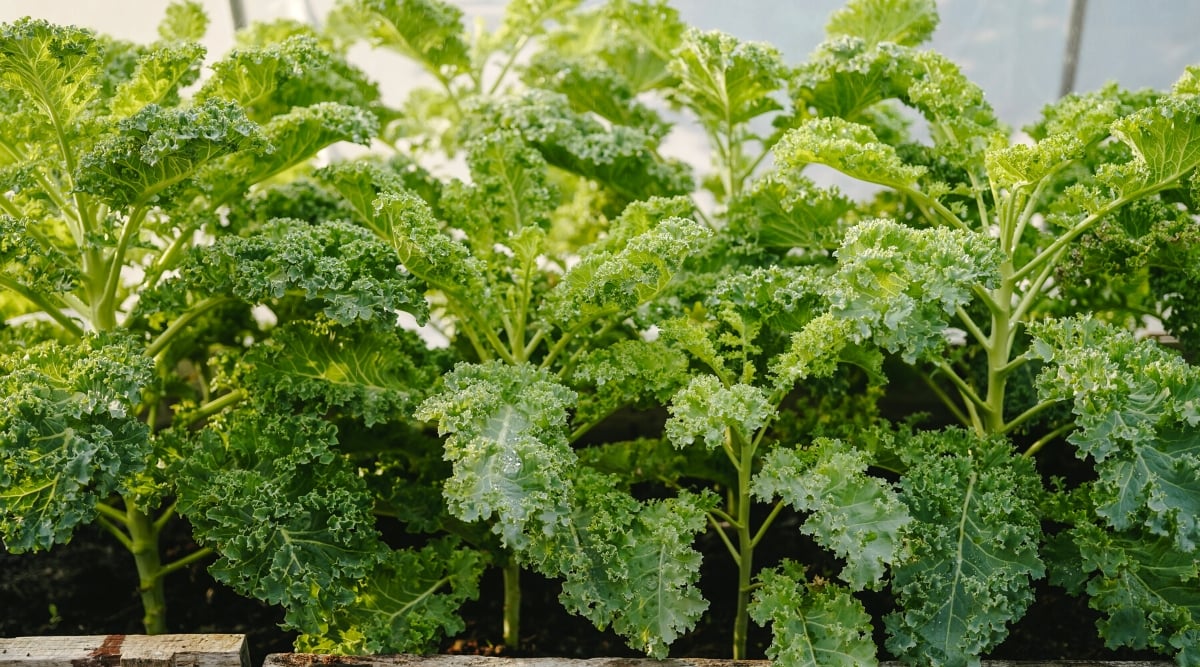

Often, kale and nightshades make good companions. Kale and eggplant are friends, and peppers work successfully with kale, moreover. Tomatoes, nonetheless, are prone to develop pretty huge and so they additionally deplete a lot of nutritional vitamins. This causes kale to bear.
This is not a tricky and fast rule. The two can develop collectively in the event that they’ve the suitable nutrient present. Within the occasion you resolve to plant kale alongside together with your tomatoes, you should definitely present them a great deal of nitrogen-rich fertilizer.
As with completely different vegetation on this itemizing, kale has a great deal of completely completely different vegetation that make significantly better companions inside the yard.
Kohlrabi
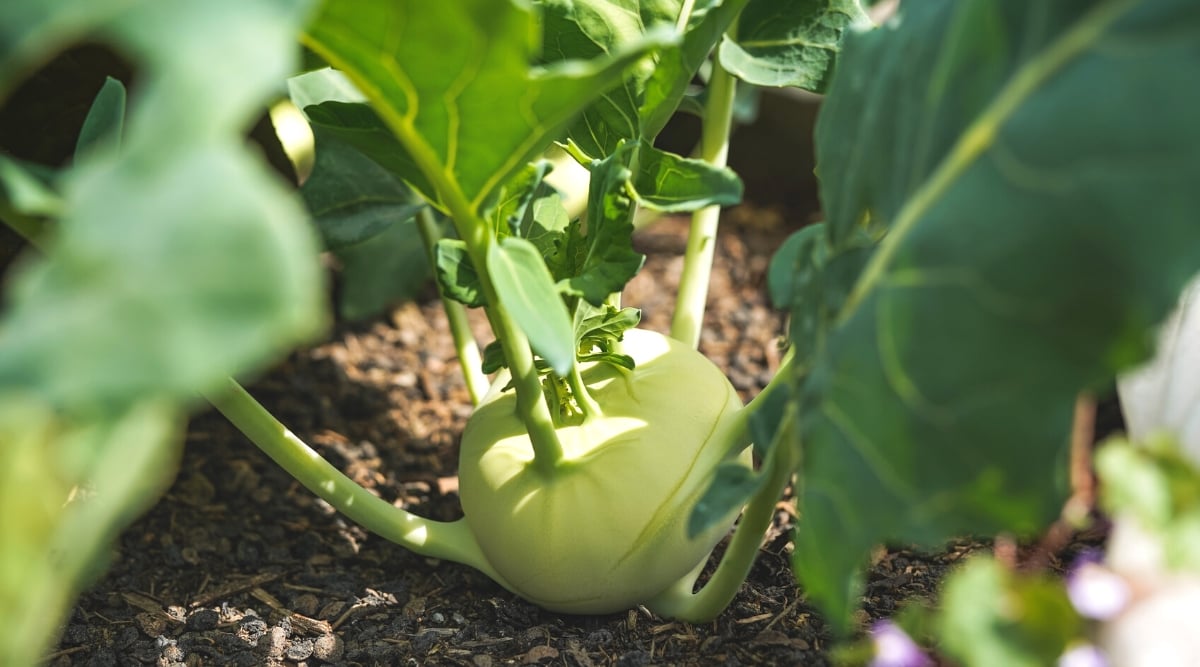

Because of kohlrabi is a brassica, it immediately turns into one different harmful tomato neighbor. Within the occasion you recall, these vegetation will compete with tomato vegetation for nutritional vitamins, significantly nitrogen.
These vegetation need in any case 3 toes of distance from each other inside the yard and might be larger served by planting in separate beds altogether.
Potatoes
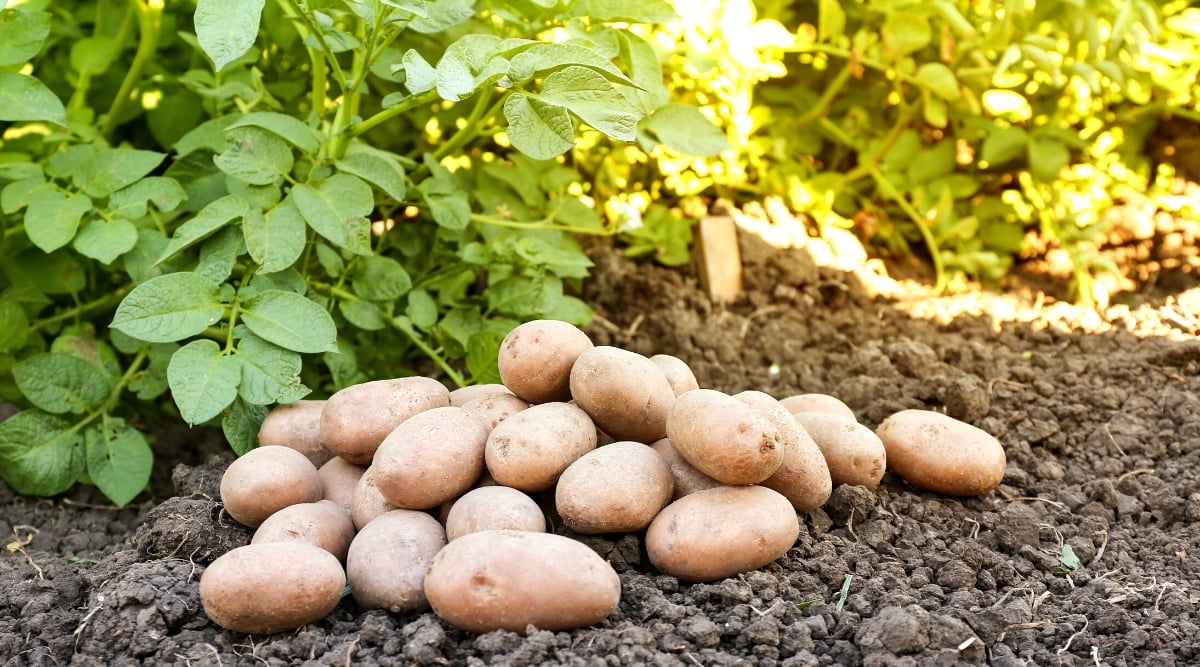

Because of potatoes are nightshades, they will compete with tomatoes for nutritional vitamins. These two vegetation may be vulnerable to the similar illnesses, which suggests that when one is contaminated, you may be susceptible to lose every.
One different complication of potatoes as companions comes at harvest time. Digging up potatoes might trigger damage to tomato roots. Whole, this is not an excellent match.
Potatoes have many alternative companions that will not solely revenue their progress nevertheless can subjectively enhance their fashion.
Nonetheless, one exception to this rule is the “Ketchup And Fries” grafted plant. That’s an unusual tomato in that it’s solely a tomato on prime – it’s grafted onto a potato plant.
This Frankenstein-like plant can’t have every crops harvested directly, nonetheless; you’ll should attend until after you’ve canned your tomatoes and they also’ve died once more to reap your spuds.
Walnuts
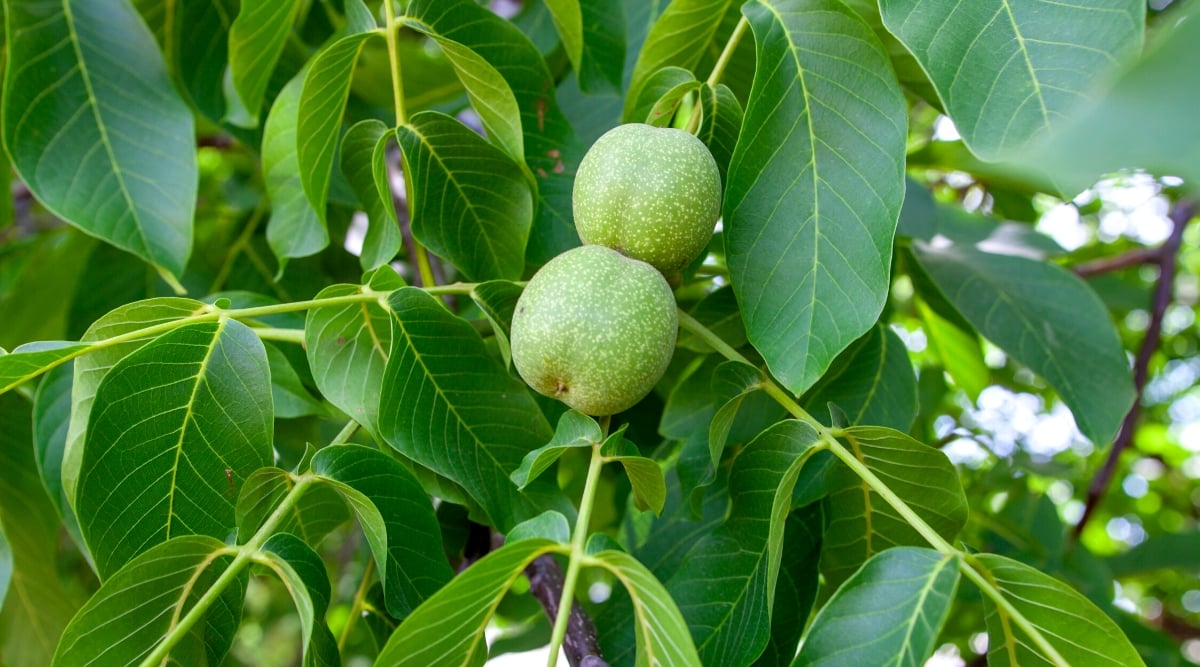

Walnuts, notably black walnut bushes, are typically cautioned in the direction of by gardeners, and there’s an excellent motive: juglone. The black walnut tree secretes this naturally-occurring chemical through its roots primarily, although it’s moreover found inside the walnut hulls and, to a lesser extent, inside the leaves.
Most of this occurs inside the soil throughout the tree’s root zone, and as you might guess, a healthful black walnut has a fairly sizeable root zone. Juglone is an allelopathic compound, which suggests it would in all probability prohibit plant germination or set off damage to some youthful vegetation it makes contact with. (Nevertheless not all vegetation – some don’t even uncover it!)
Some solanaceous vegetation are terribly delicate to the juglone secreted by the tree, so it’s actually useful to not plant tomatoes immediately beneath a black walnut.
If you’ve acquired nowhere else to plant aside from immediately beneath the walnut tree, use a raised mattress and choose any hulls or leaves that drop into your mattress. Nonetheless, tomatoes like full photo voltaic, so planting them immediately beneath a tree is not going to be your biggest wager!
Juglone would not persist inside the soil. It has a relatively fast half-life inside the soil and any hulls, leaves, or chipped picket. If the plant provides are finely chipped, hot-composted, after which aged for as a lot as six months sooner than use, there may be no further juglone inside the remaining composted supplies, and it’ll be safe for yard use.
Nevertheless for individuals who don’t have a reliable scorching composting system, it’s probably biggest to take care of your tomatoes away from every the compost and the tree.
Final Concepts
Companion planting can enhance your harvest, enhance soil prime quality, and improve the flavour of your edible vegetation. Tomatoes revenue from many pairings, and significantly, tons of herbs make nice companions for tomatoes. Blissful planting!
[ad_2]

